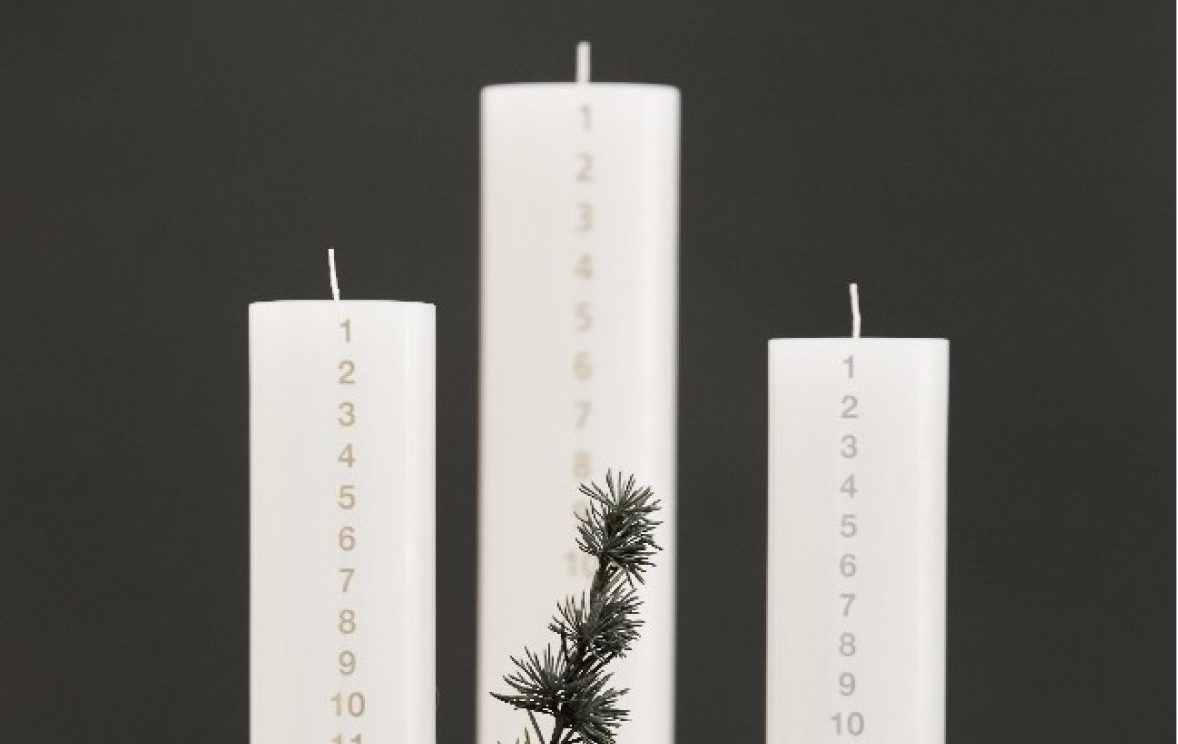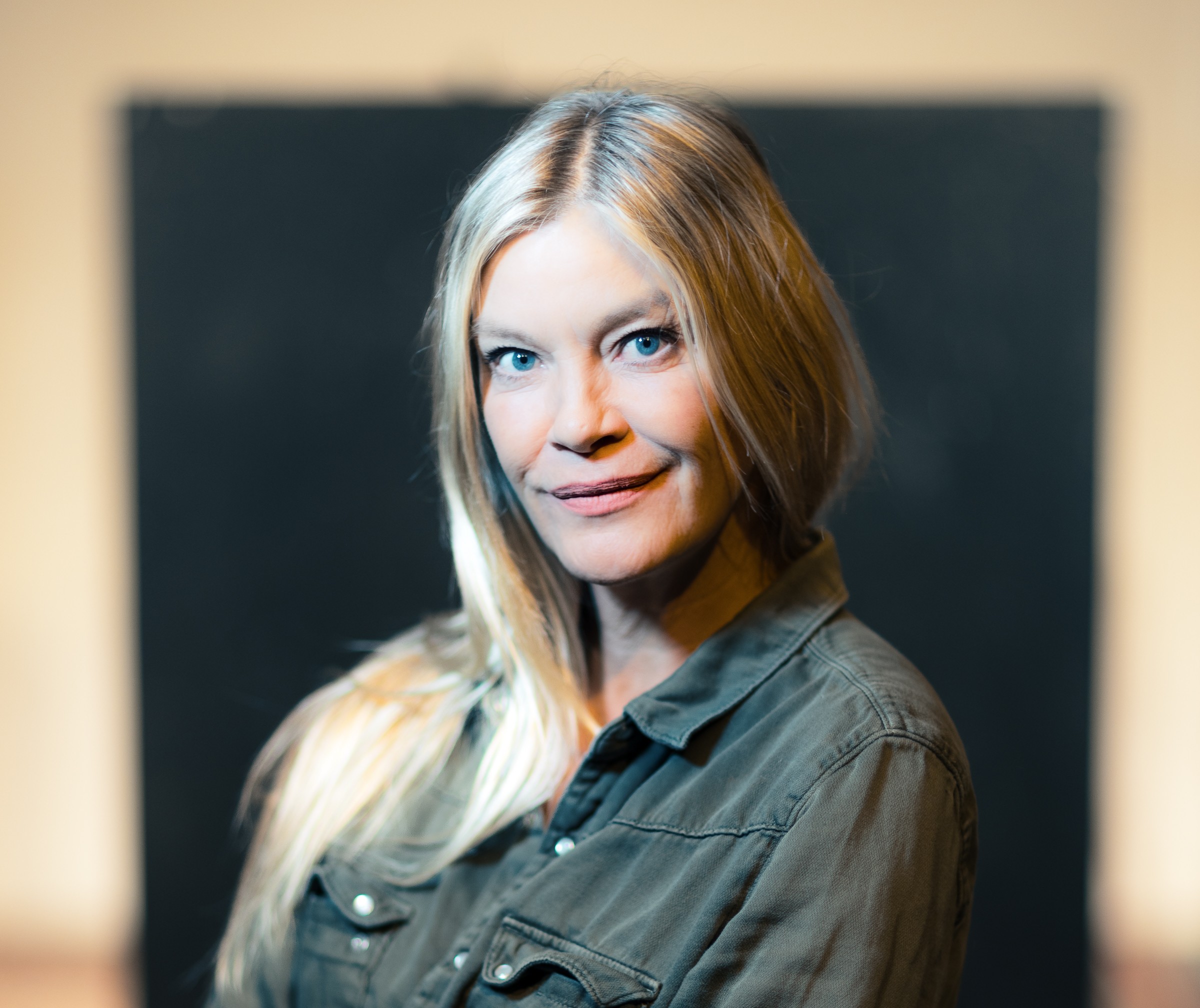Candles are incredibly popular in Denmark – especially during the chillier months. Sure, you could just turn on the lights and fire up the radiator instead, but nothing really compares to the welcoming glow of a candlelit room.
And come Christmas, burning candles play a central role in the absolute pinnacle of the celebrations: the dancing around the tree.
Now, with the approach of this year’s Advent – starting on Sunday November 27 – many will be looking to secure their waxy wares in time for the festive period.
But surely it’s worth asking whether this poses something of a dilemma for a nation so obsessed with environmental impact?
Greener flames
Even the keenest of candle-holders would admit that they’re hardly chosen for their illuminative or warming qualities; they struggle to hold a light to Denmark’s modern, green-fuelled heating and lighting solutions. And in fact, the real impact may be far darker.
Many candles are made of a petroleum-based wax. When burned, these candles release toxins like benzene, acrolein and soot – to name a few – into the air. Similar toxins are released by diesel engines – not exactly the scent of a Redberry Autumn Woodland!
All of this means that your favourite scent may itself be contributing further toxins to your room’s aura, increasing its negative environmental impact.
And that’s without factoring in the packaging and additive-ridden wicks involved in the superfluous medieval light-source.
Think of the children!
It gets worse. These candles are known to ruin indoor air quality. A study led by Aarhus University in 2015 suggested poor ventilation in schools crippled students’ ability to concentrate. The added extra emissions produced by the atmospheric candle in the corner – at home and at school – only worsens the issue. These poor students just can’t catch a break.
Really, this should be obvious. The frequent burning of candles can discolour walls and other parts of the home, as well as contaminating ventilation systems. If it can do this to a wall, it is a grim thought to consider what it might be doing to the body, and for those suffering from asthma or other respiratory issues the problem is only accentuated.
Researchers from the University of Copenhagen found that when exposed to particles from burning candles, the damage done to mice was worse than an equal dose of diesel exhaust fumes. Among the effects were lung inflammation and toxicity, arteriosclerosis, and ageing effects on chromosomes in the lungs and spleen.
According to the Danish Lung Association, the average Dane burns 3.5 kg of candles a year, and previous research has shown that 60 percent of ultra-fine particles in Danish homes stem from burning candles. All this quantity quickly adds up.
Solution to pollution
For a country that prides itself on its healthy eating habits and eco-friendly outlook, Denmark’s love of candles appears an aberration. Descartes’ ball of wax has served its purpose and perhaps it is time to look for more modern solutions.
Or perhaps it is not! For those not keen to give up their sticks just yet, rest assured there are plenty of simple ways to enjoy a candle’s aesthetic without jeopardising your and Mother Earth’s health.
Though not especially appealing on a chilly winter night, why not open a window? Increasing airflow reduces the pollutive effects, and perhaps makes for a more authentic winter experience. Maybe a suggestion for more evergreen candle enthusiasts.
Alternatively, it is possible to find candles that do not release such harmful chemicals. At Kunstindustrien, co-owner Britta Schmidt prides herself on her products’ exceptionally low scores in soot tests.
“We are using the best, cleanest and most stable plant-based stearin and paraffins available to make our wax altar candles. This means that the candles burn very clean and stable, and without odours,” she told CPH POST.
Bee on the safe side
Furthermore, there are a number of alternatives to the common petroleum candle, including ones made of soy or beeswax. Both release far fewer toxins than their traditional counterpart, thus representing safer, cleaner alternatives.
Of course, these solutions come at a price noticeably higher than their ten-a-penny replacements. But if we can begin to view candles as a luxury that comes at a heavy environmental cost, it might just be a price we have to pay.
However, housefires are one factor that even bees can’t protect you from. Regular campaigns mean that public awareness is very high, but when this many candles are on the agenda, there is little that can be done.
For Mads Dalgaard of the Danish emergency management agency BRS, a candle-less future cannot come soon enough – particularly when you add up the number of Christmas trees that have caught fire whilst the family’s dancing around the bedrooms.
“We have lots of candles inside homes so we can hygge; it is something we have done forever. But people do stupid things … Hygge is a wonderful thing, but beware of candles,” he told The Guardian.














